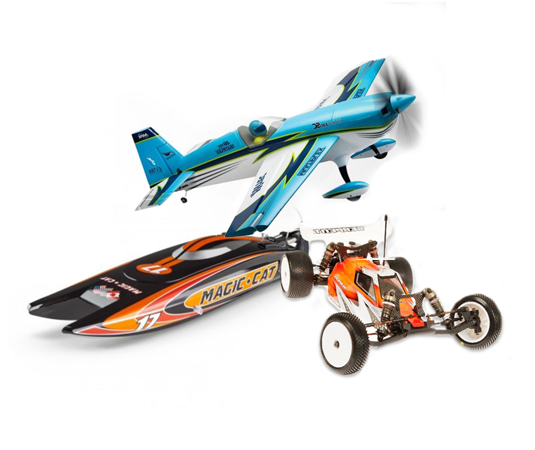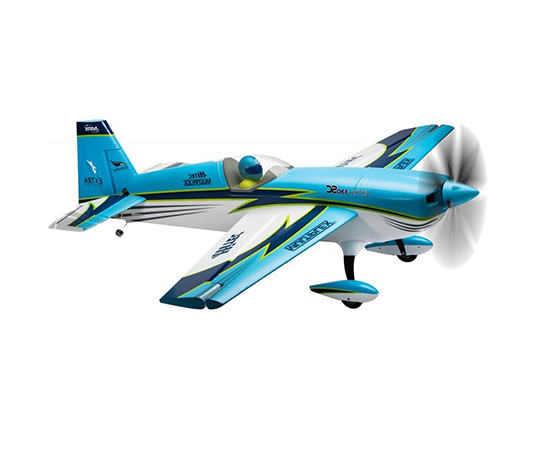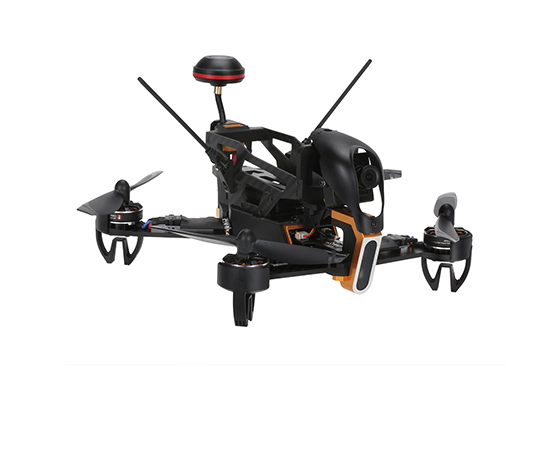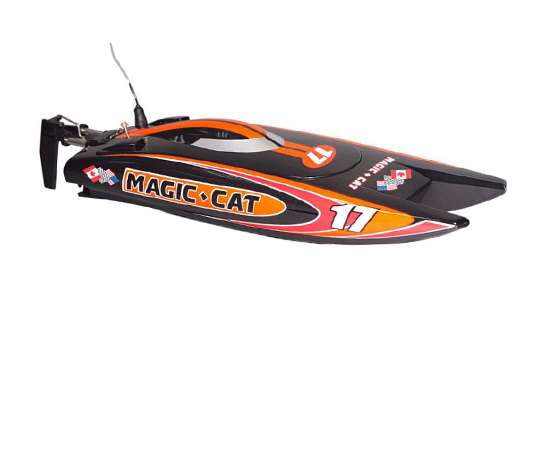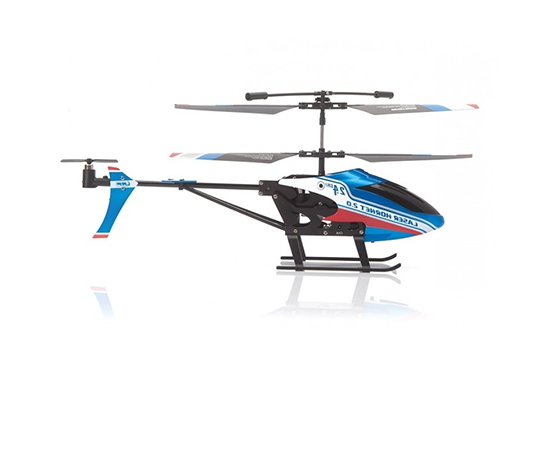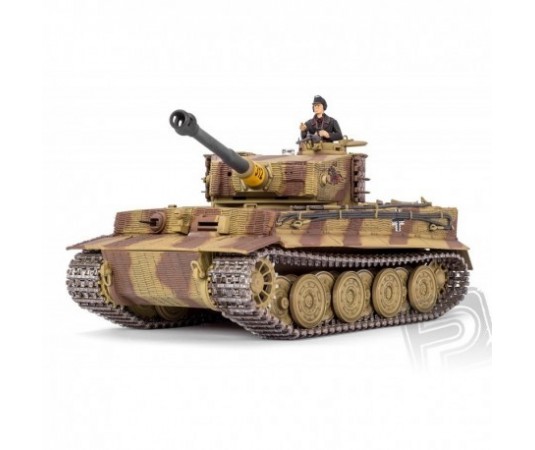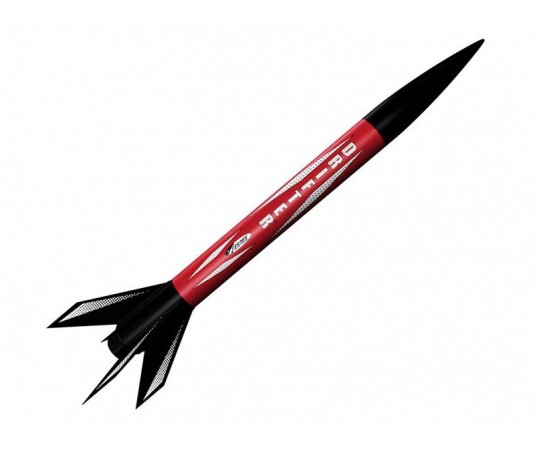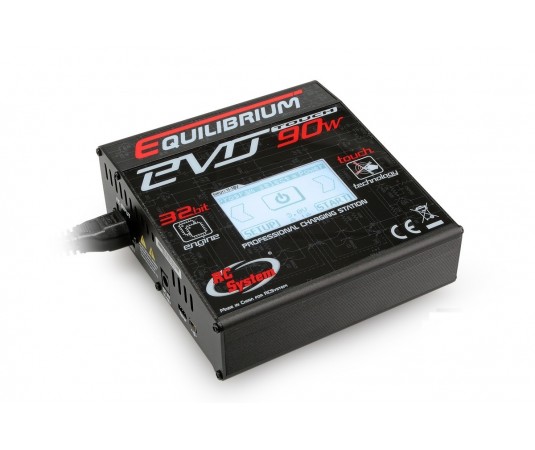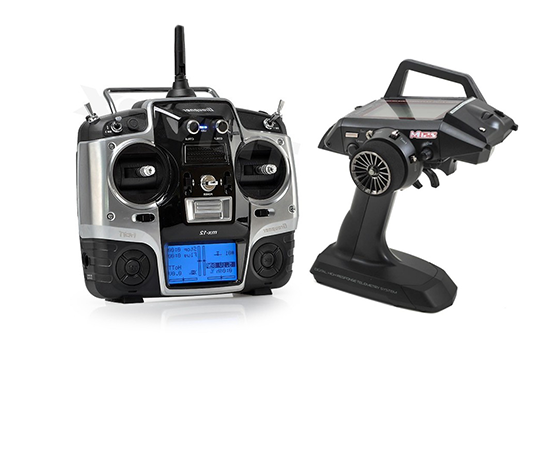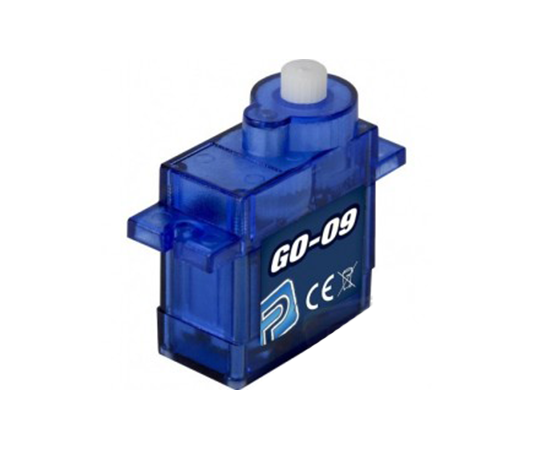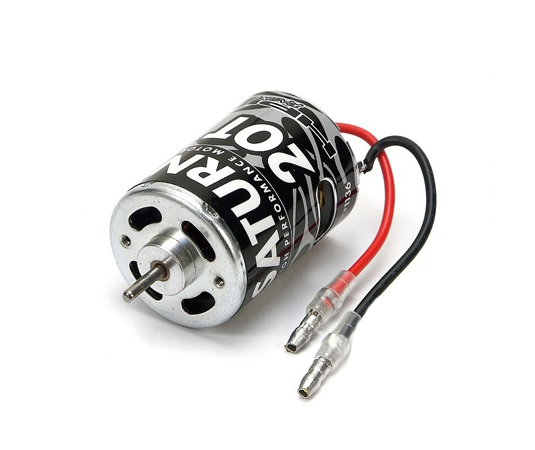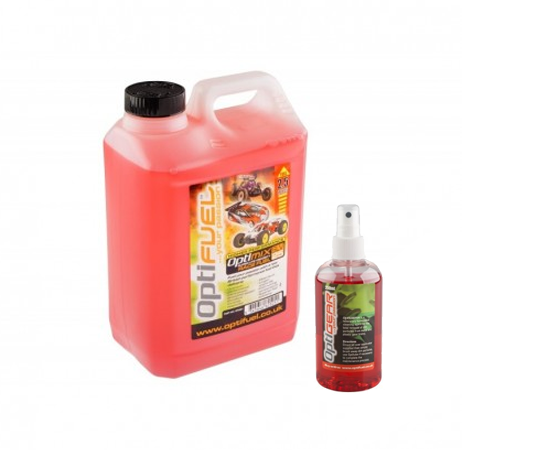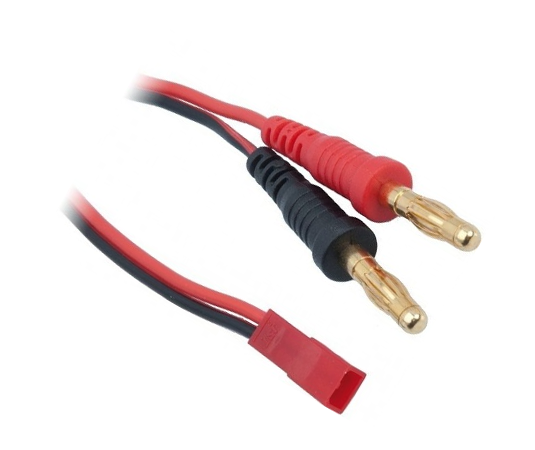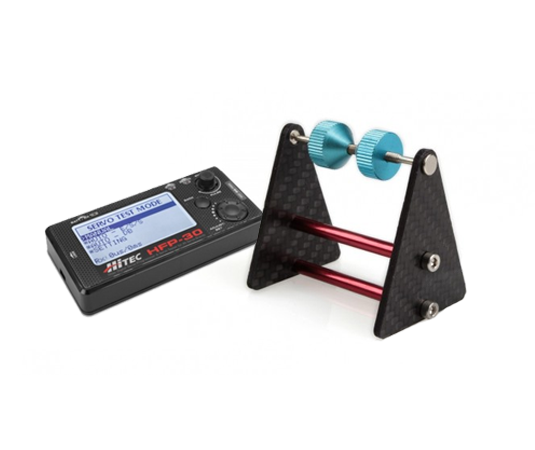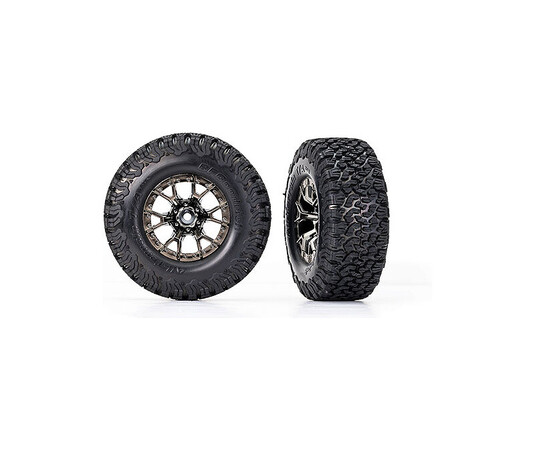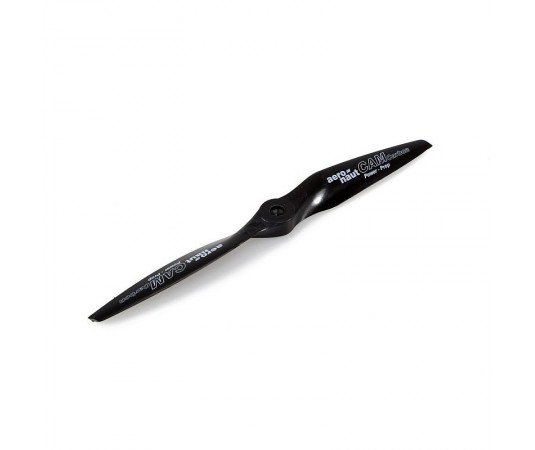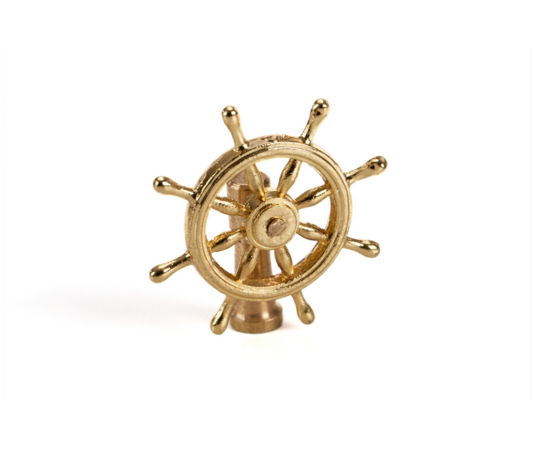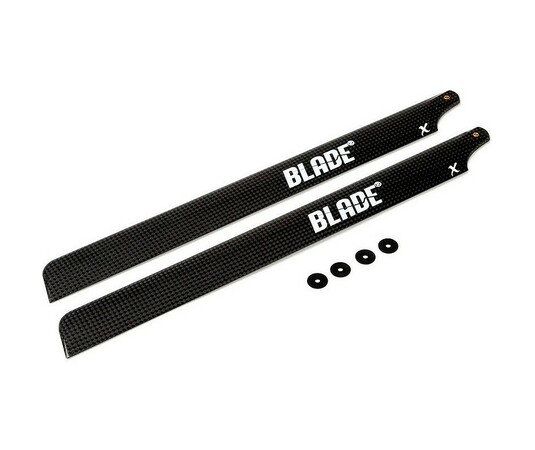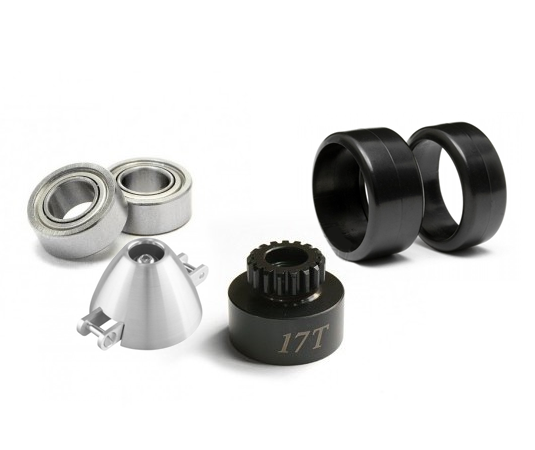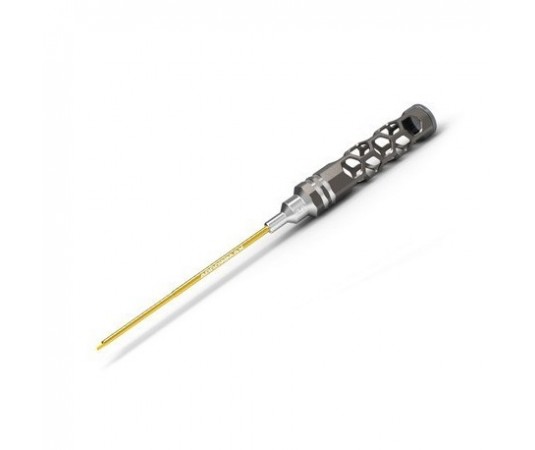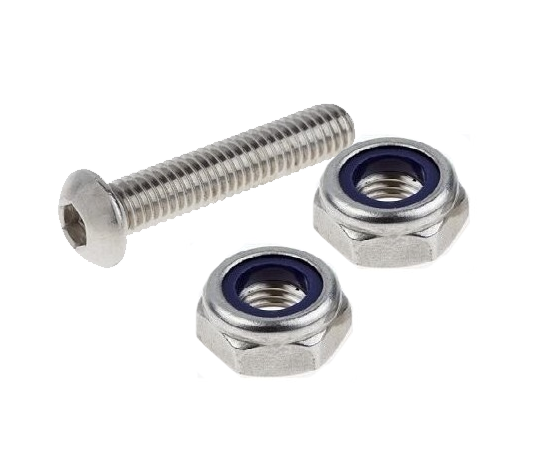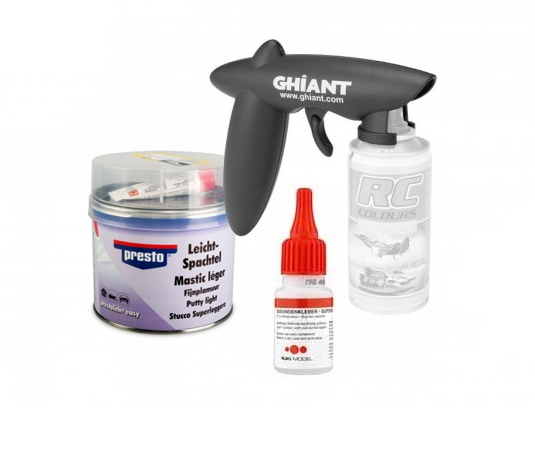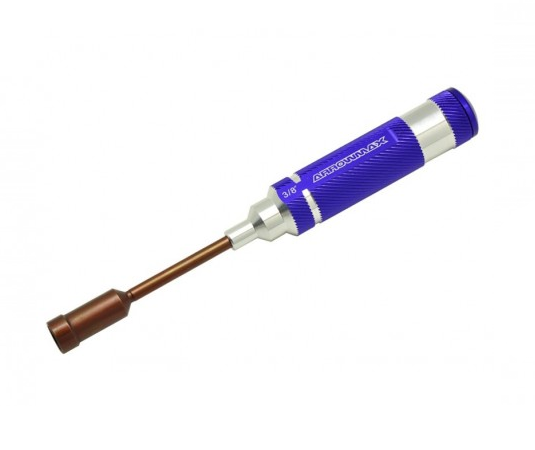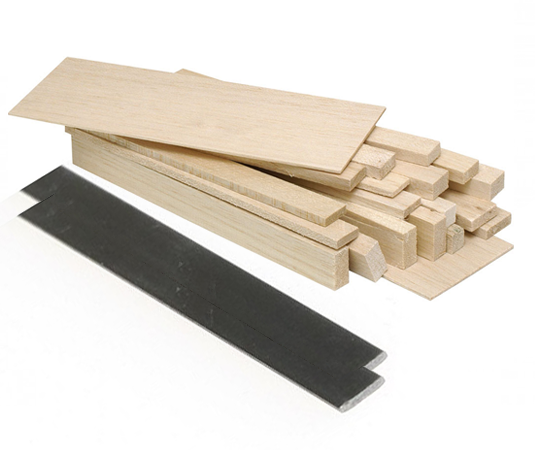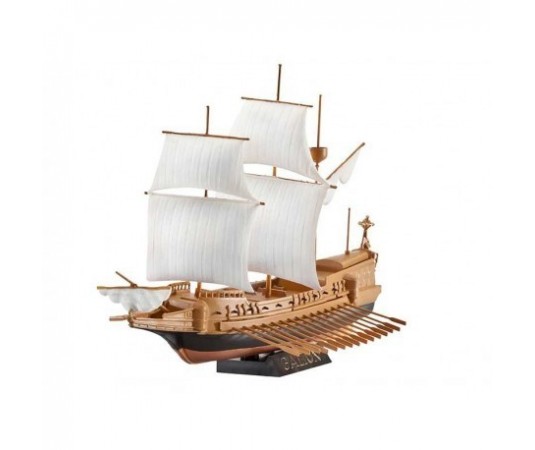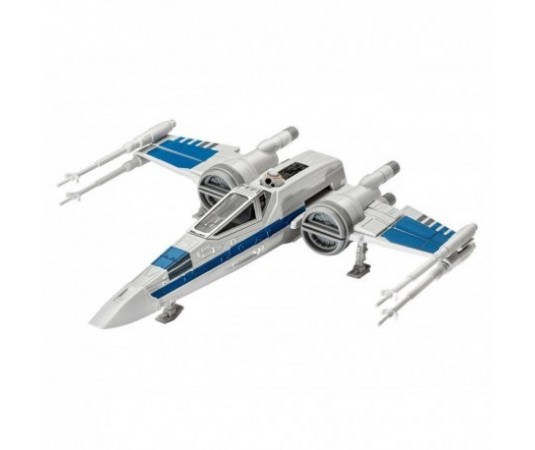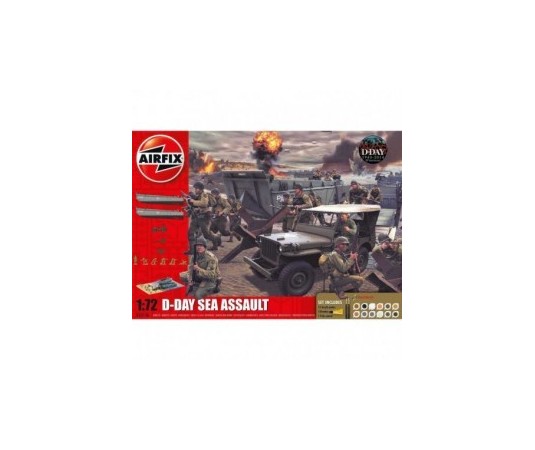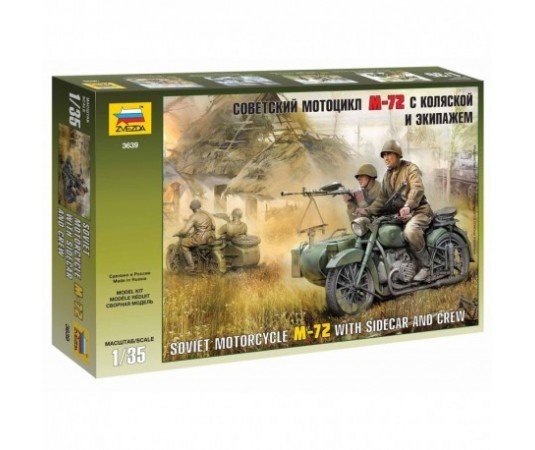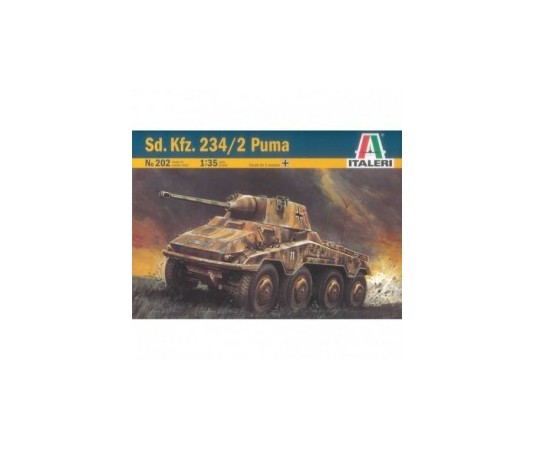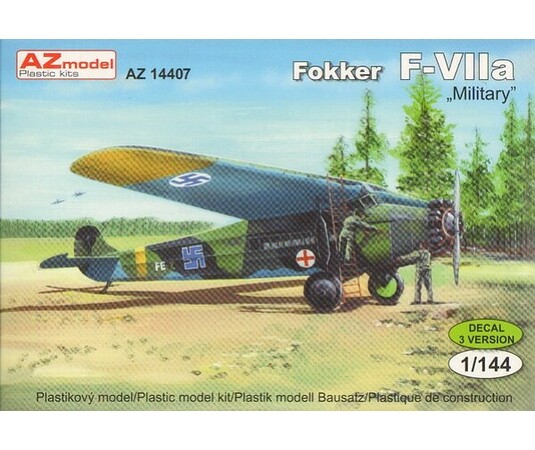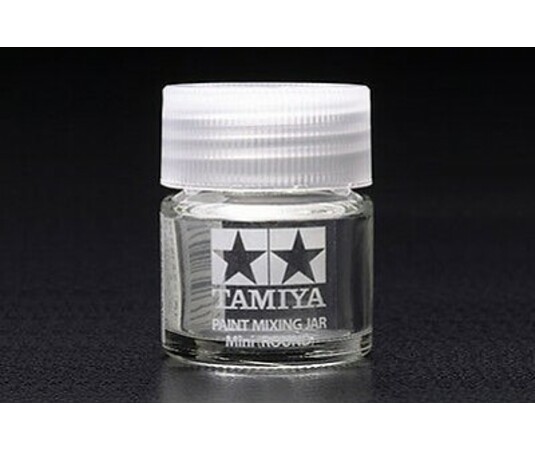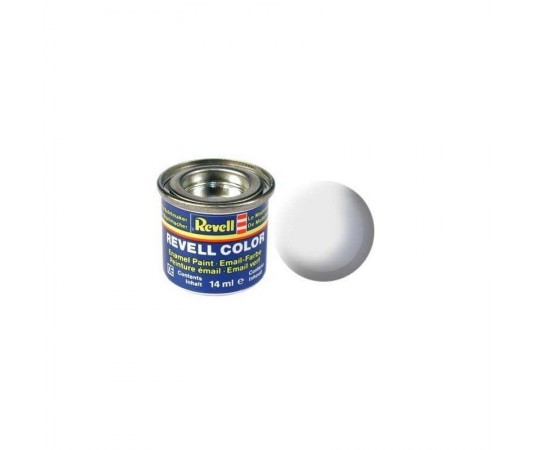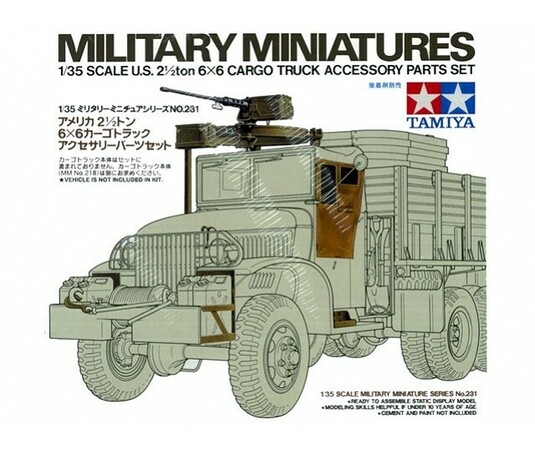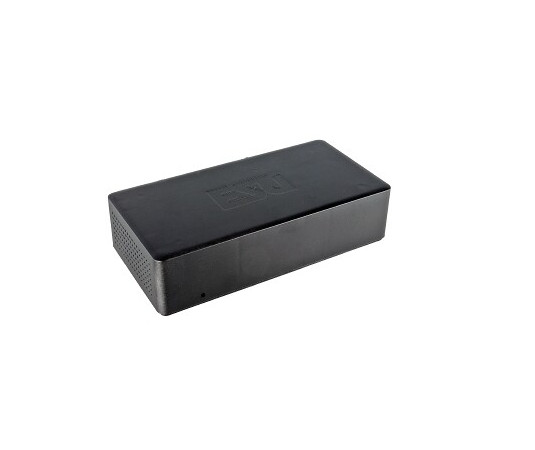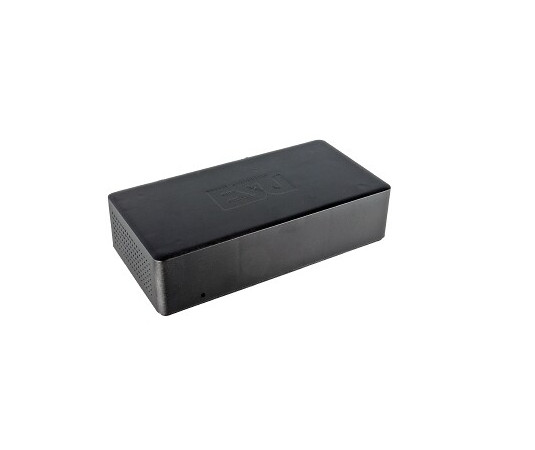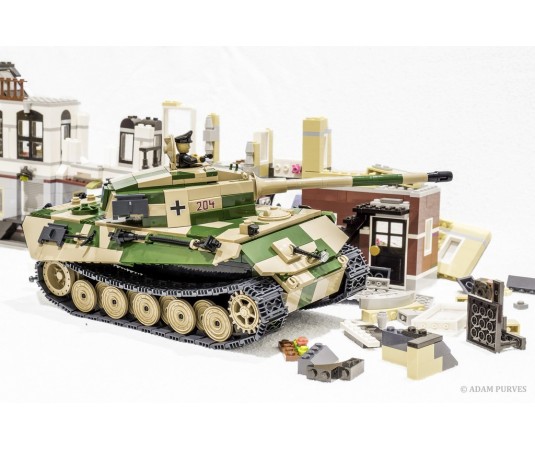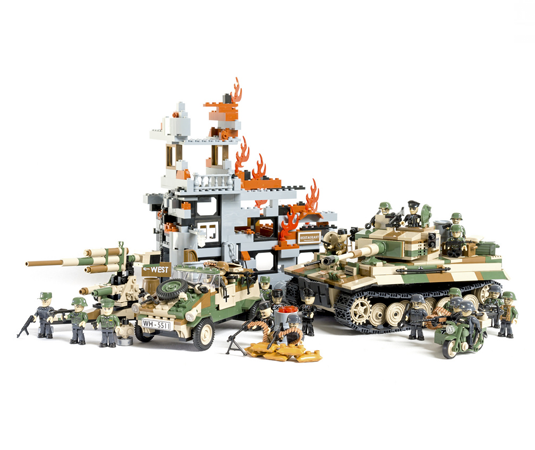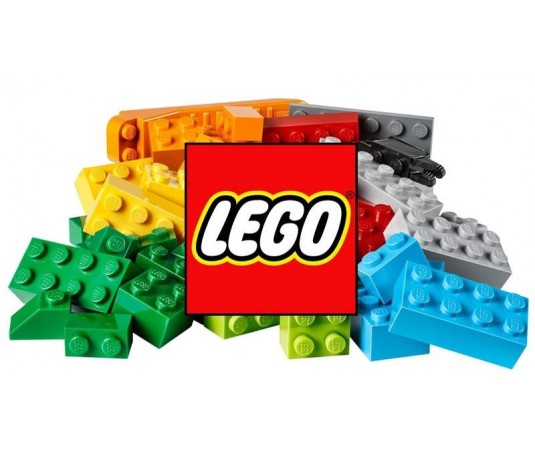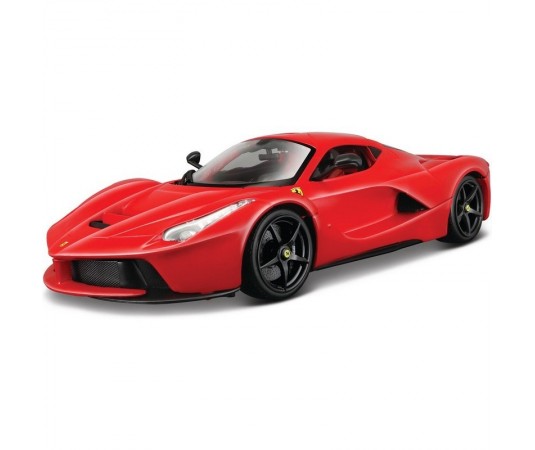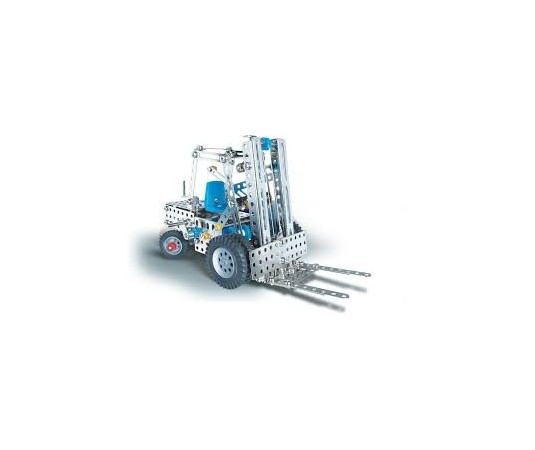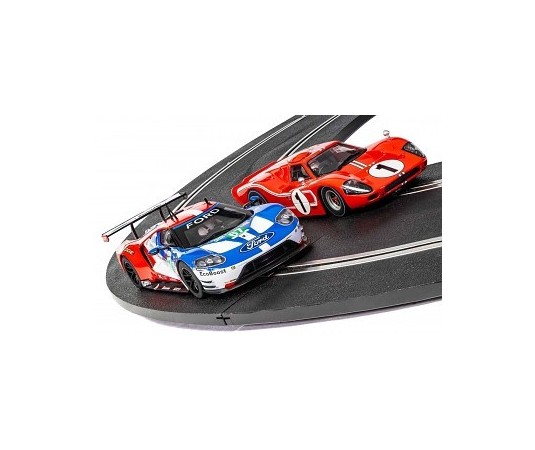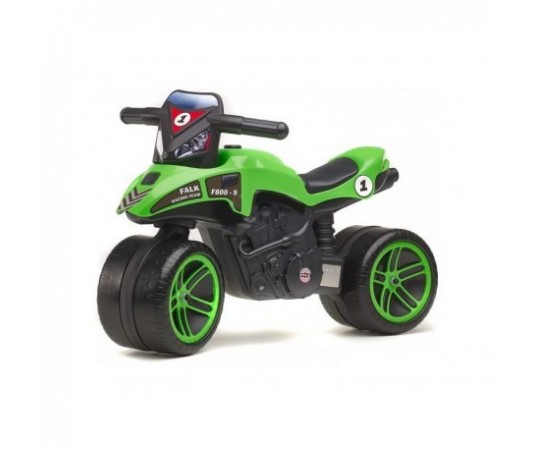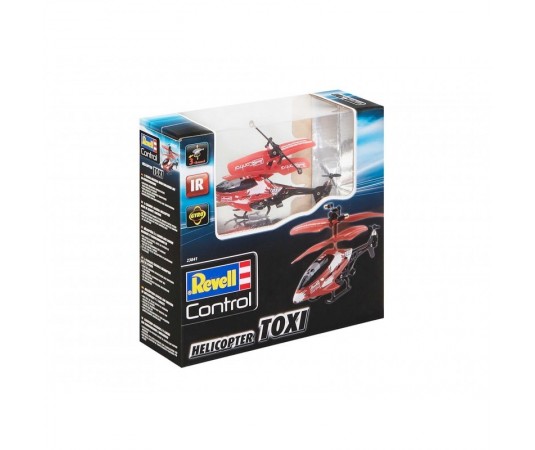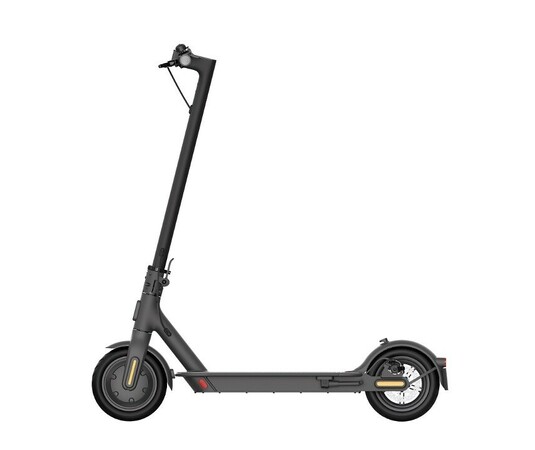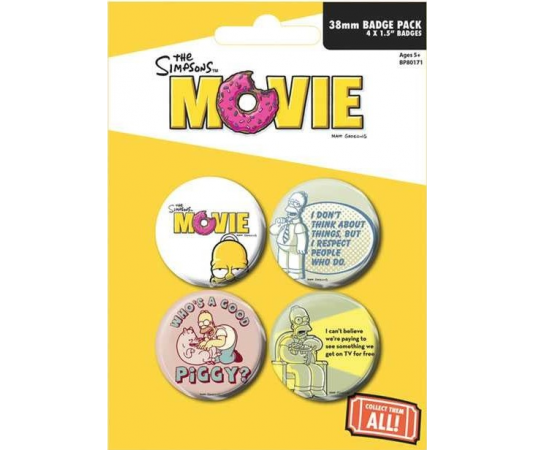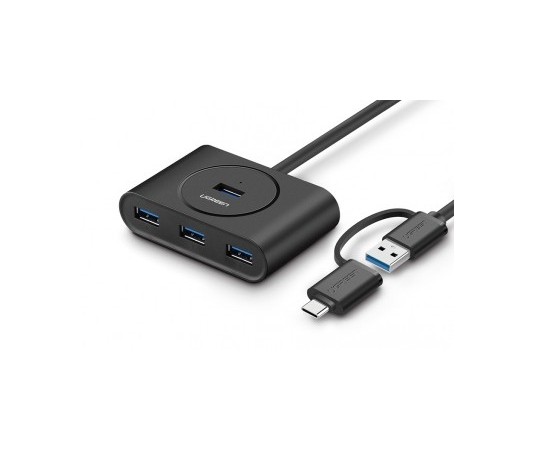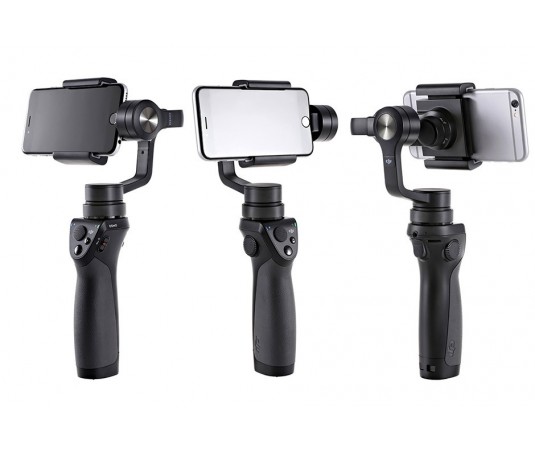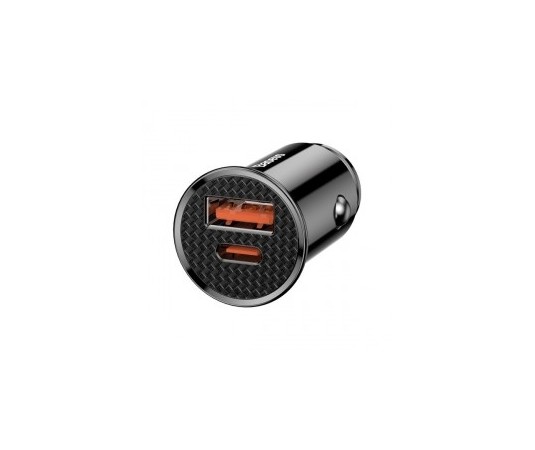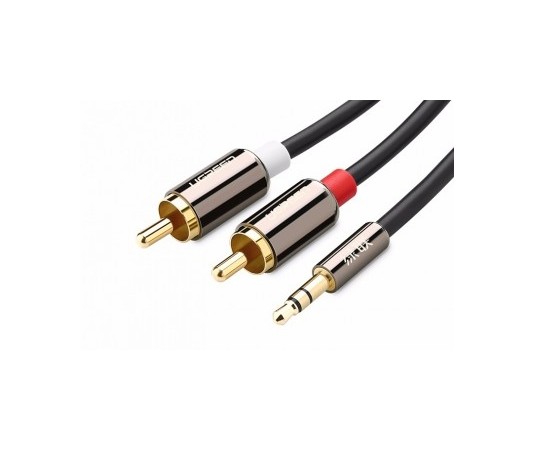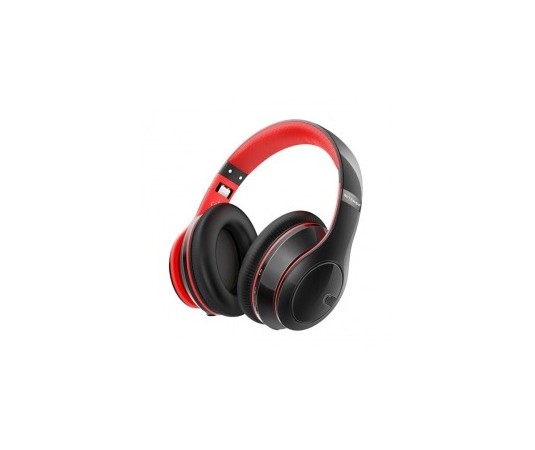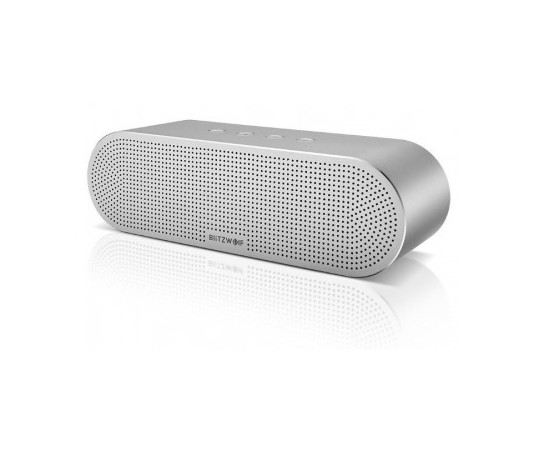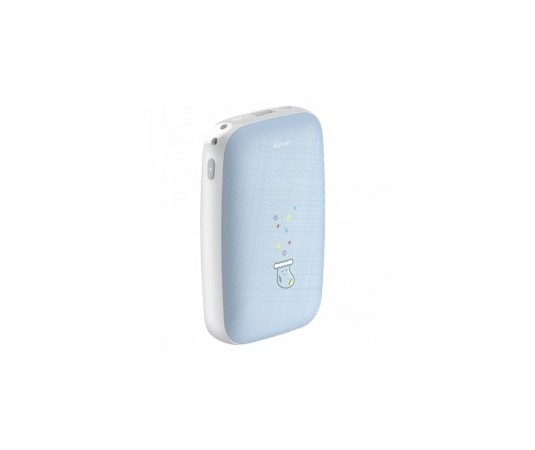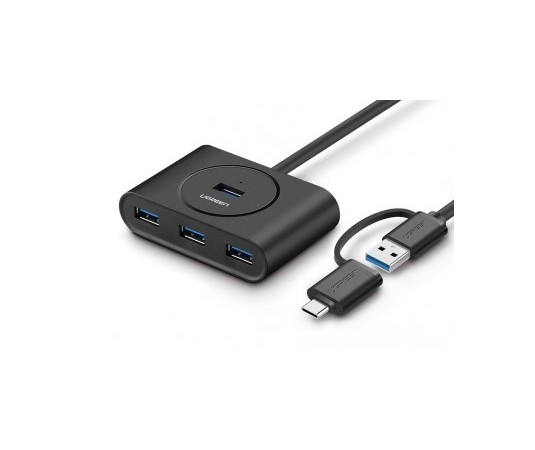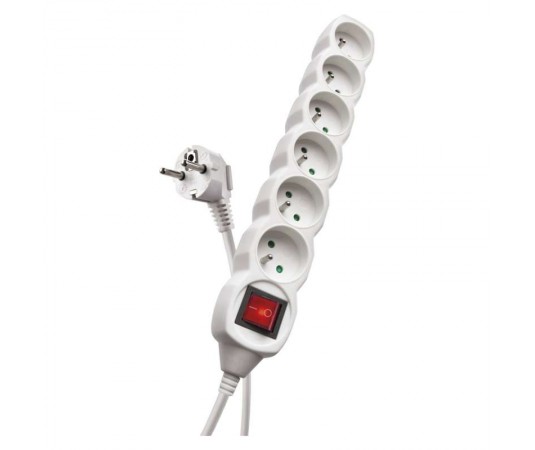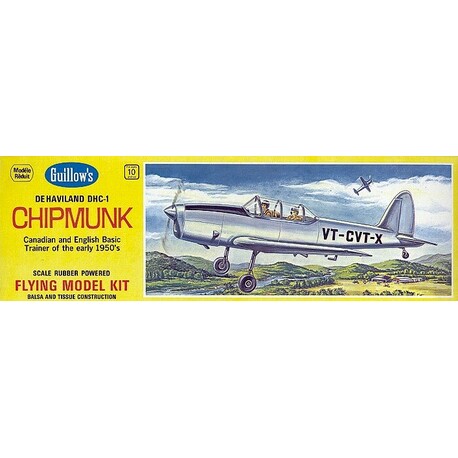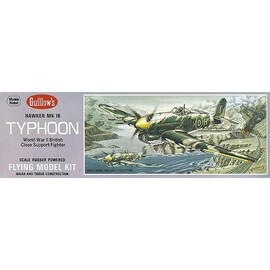DeHaviland Chipmunk (432mm)

Express delivery

Large selection of carriers

Satisfaction guarantee
Two-seat school and training aircraft deHavilland of Canada DHC-1 Chipmunk was founded shortly after the II. World War II's famous series of Canadian aircraft with animal names. In addition to the squirrels in aviation history came Beaver (Beaver), Otter (Otter and twin-engine Twin Otter), reindeer, caribou (Caribou), Bison (Buffalo) ... Chipmunk served as a basic trainer aircraft not only for the Canadian Air Force (RCAF), but also in parent RAF and many other countries. It was known as well as single-acrobatic version of Super Chipmunk.
Designers freely flying semiscales Canadian trainer aircraft designed to drive by rubber. The model is simple but classic balsa structure in Rozsyp with předseknutými wooden parts, scale accessories made of vacuum-molded plastic parts and plastic drawn by injection molding. Given that it is a very small - though simple - model, you should already have prior experience with classical building and test-flying models powered by rubber.
Fuselage structure consists of a pair of sidewalls předseknutých balsa wood balsa associated with partitions complemented shaped bulkheads and longerons allowing rounded shapes depict the actual machine. The wing is a classic design of ribs and beams, tail plate are glued from balsa wood beams.
Chipmunk is also suitable for conversion to a miniature RC model with electric drive - although the construction plan of variants of this offer, for an experienced modeller, and the pilot would not be a big problem. For example, you can try to use the drive unit, and cabin electronics from our Mini Bee.
Kit contains: balsa předseknuté parts, balsa wood beams, vacuum-molded parts (engine cover, canopy), a plastic propeller shaft and head, rubber volume Machine cut balsa wheels, steel strings on chassis and other small parts, lining paper sheet wet decals , construction plan. < / P>
Tip for construction: Předseknuté parts NEVYLAMUJTE! Turn the plank, place it on a work surface and lightly sand the fine sandpaper (no. 220 or finer). The parts can then be easily separated; if they still have some wood fibers "tied" to a cutting board, carefully separate the part of the pattern, using a sharp knife (suitable eg. Excel No.1 knife with a blade No.11).
Treatment of rubber harness: The new rubber carefully wash it in soapy water and allow to dry. Then, lubricate it with castor oil (sold in pharmacies) or silicone grease to lubricate fishing lines (available in most stores fishing equipment). After flying harness with the model, remove and store it in a sealed plastic bag. Lubricated rubber volume unfolds smoothly and with less friction - provides more power and last longer. The new bundle is also advisable to first fetch - for the first 2-3 years to film only 80-100 rpm, only then can safely shoot more.
| Margin [mm] | 432 |
| Length [mm] | 330 |
| controlled functions | None |
| Building intensity | S1 |
| Difficulty piloting | P0 |


